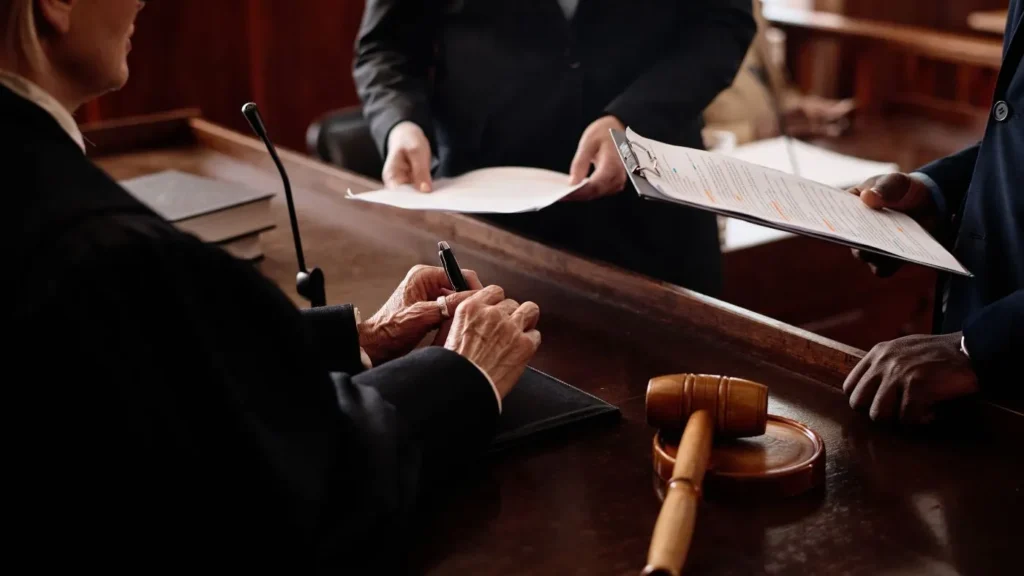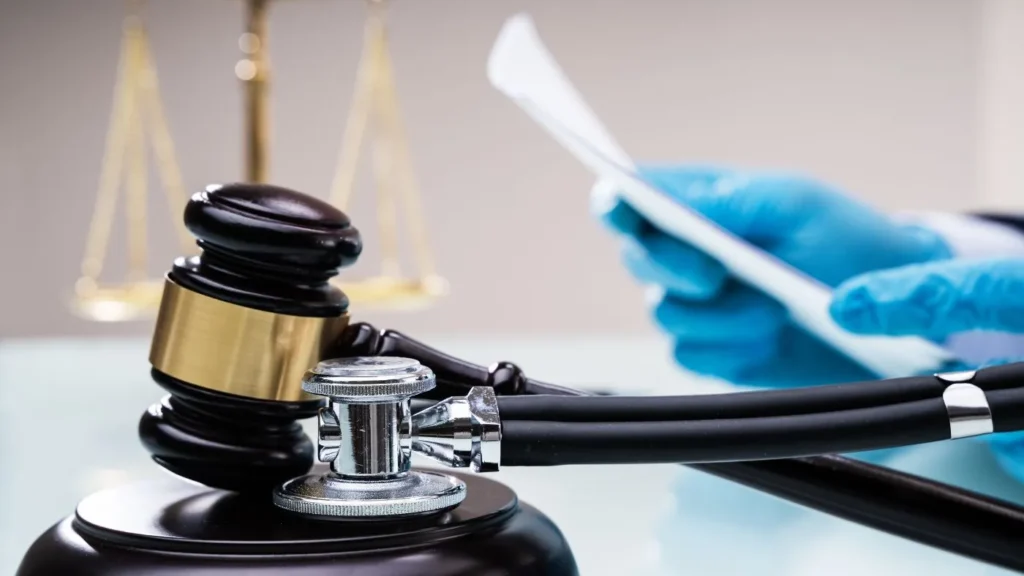If you’re preparing for a medical lawsuit case, the stack of medical records can be absolutely tedious and time-consuming.
There could be hundreds or thousands of pages detailing every single thing about the medical condition. Everything from doctors’ scribbles to charts and test results—it never seems to end. Alas, you still have to gather and organize it all, and then go through every little detail on each of the pages.
How are you supposed to build a lawsuit in such a scenario unless you have a dedicated team of paralegals working on it 24/7?
To prove what really happened and to build a solid case for your client, you need to go through it all. Because that tiny little detail on page 462 could be the “win or lose” factor for the entire case.
Even collecting all the records is a massive job, let alone organizing them into something meaningful and easy to go through. What if you need a specific file from a specific potential witness? You’ll need to know exactly where to look; otherwise, it’s pointless even to have any evidence.
Is it possible to do all of that without working full-day shifts?
Yes, it’s possible. And in this article, we’ll go over how.
How to Organize Medical Records
| 88.2% of all U.S.-based physicians use an Electronic Medical Record (EMR) system; out of those, 77.8% use a certified EMR system. – CDC |
Medical records can easily make or break a case, but before they can be useful in court, you need to organize them. Medical records are legal documents — and treating them as such is essential for compliance, accuracy, and the integrity of your legal argument.
This is how.
Collect Records
The first thing you’ll need to do is to get all the records together. You’ll need to ask for documents from hospitals, clinics, pharmacies, nursing homes, etc. This process often begins with an attorney’s request for medical records or a lawyer’s request for medical records, ensuring the data is collected securely and in line with HIPAA compliance and data security standards.
Keep in mind that you can’t go to one location and gather all the records there; instead, you’ll have to go to each source separately. This means two things: expect delays and a higher chance of human error (more back and forth).
Don’t be surprised if you receive incomplete files or missing pages; that’s all completely normal, and the prime culprit behind why medical records retrieval takes as long as it does.
If you want to simplify the process, consider using medical record retrieval services for law firms. These services streamline collection, ensure HIPAA-compliant handling, and make it easier for legal teams to get complete sets of legal medical documents efficiently.
Just stay persistent and make sure you turn every stone before you start analyzing the documents.
Map a Timeline
When you have everything gathered, you need to put it all in order.
Line it all up chronologically. You want to know what happened and when. Plus, this way you can easily get access to a specific record/document when searching for a specific date.
All of this helps you connect symptoms to treatments and treatments to what happened afterward.
Here’s an example: if a wound was first noted in March but the treatment didn’t start until late April, that could be considered as evidence of neglect. A timeline will also make it easier to see changes in the patient’s condition and point out when care didn’t meet expected standards.
Categorize Records (by Type)
Medical records come in many forms, and not all of them are equally important for every case. So, group the records by category, like lab results, nursing logs, etc. This way, you’ll be able to see which sections matter the most.
This method helps medical experts too, because they’ll be able to review the records that fall within their specialty quickly. For personal injury lawyers or attorneys handling medical malpractice claims, clearly categorized medical records for attorneys make it far easier to build a coherent case and identify evidence of neglect or misconduct.

Use Technology
Even after everything is sorted, the sheer volume of documents can still be too much for you to handle, which is why you should think about using technology to help you.
Case management platforms and scanning tools that use Optical Character Recognition (OCR) allow you to convert records into searchable files. You won’t need to flip through thousands of pages – all you’ll need is a keyword, or you could filter the documents by date or relevance.
Most modern legal tech will tag, categorize, and link records to the right case files automatically, allowing multiple attorneys/paralegals to use the same database instead of emailing multiple PDFs.
This way, a task can now be completed in a few hours instead of days of back-and-forth. It saves an incredible amount of time and lowers the risk of missing important information.
Cross-Reference Everything with Legal Standards
Neat filing is very useful, but that’s not all that needs to get done. You also have to be able to connect what happened to what should have happened. This means that you should compare the information in charts and notes against regulations and facility policies.
Using advanced reporting tools will flag all treatment timelines that deviate from medical/legal standards.
The cross-check will show if the care that the facility provided met all the requirements or not. It’s crucial to align the evidence with these standards because that’s how you turn raw data into an actual legal argument. Remember, medical records are legal documents, and verifying their accuracy under HIPAA compliance is essential when they’re used as evidence.

Turning Organized Records into Persuasive Legal Arguments
Once all the medical records have been organized, you’ve managed to get a huge chunk of work out of the way.
But now you still need to turn all that into a story that supports the legal claim. When you have all the notes and charts in order, look for patterns that reveal what happened over time and, just as important, what didn’t happen.
Missing entries and obvious delays are proof of neglect, and this might be the backbone of your argument. For instance, if you’re a stage 4 pressure sore attorney for nursing home neglect, records and gaps between nursing home staff members, family members, the victim, and all the following hospital records could reveal discrepancies pointing towards harm, neglect, or lack of accountability, presenting you with an opportunity to pursue accountability.
Such analysis is also vital in a personal injury case, where evidence from legal medical documents can prove causation, negligence, or damages.
| -> 30.9% of U.S. physicians (almost a third) have had at least one medical liability claim filed against them at one point in their career. – American Medical Association (AMA) ->In 2020, 12.6% of U.S. citizens reported medication or medical treatment errors. – Peterson-KFF Health System Tracker |
It’s a good idea to work with a medical expert because they can translate medical language into terms judges and juries will understand. You’ll also have to find a way to present the information you’ve found so that people outside of the medical field can follow.
This means a clear visual timeline or a graph to make all that confusing data into a narrative that’s clear and compelling in court.
Conclusion
Legal paperwork is always tedious. Medical records are extremely tedious as well. And when you combine these two, you’re left with a migraine, not knowing where to start.
Hopefully, now you’ve realized that it is, in fact, possible. And hopefully you’ve gained a glimpse into how.
Sure, you’ll still have to play detective a bit, you’ll need to do a bit of translating, but at least you won’t have to deal with a mess, but rather an organized system that allows you to go through all the paperwork easily and efficiently. And if you want to take it a step further, you can use advanced software that can play detective FOR YOU.
This way, you’ll not only do all of this faster, but you’ll also be less susceptible to human error, a very important factor in any legal matter or personal injury case.



